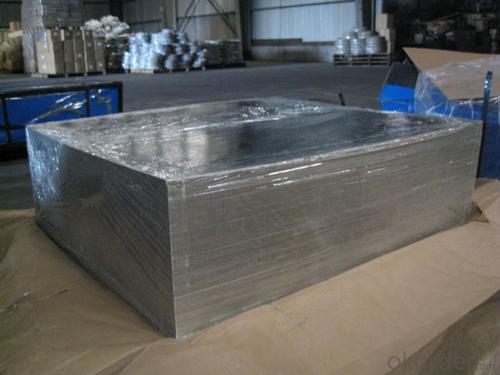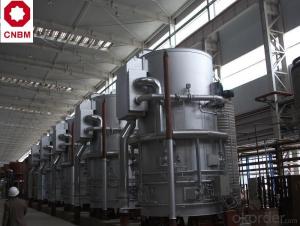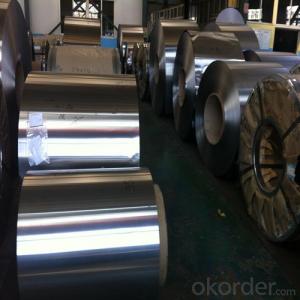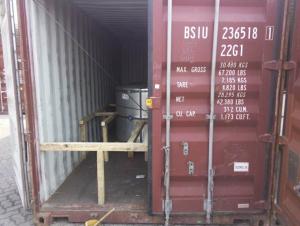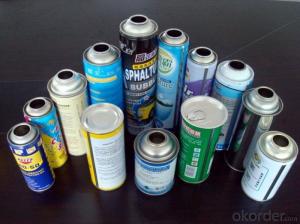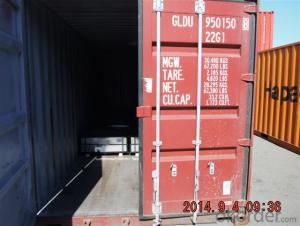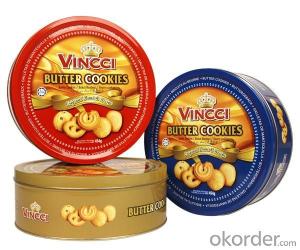Prime GradeTinplate For Aerosol Cans, MR/SPCC
- Loading Port:
- China main port
- Payment Terms:
- TT OR LC
- Min Order Qty:
- 25 m.t
- Supply Capability:
- 40000 m.t/month
OKorder Service Pledge
OKorder Financial Service
You Might Also Like
Specification
1.Brief Introduction
Tinplate is widely used for making all types of containers, containing industrial usage such as paint can, oil can, aerosol cans etc., and food cans like milk powder cans, tomato paste can, dry food cans etc.
2. Our CA Line Production Range
Temper | Thickness(mm) | Width(mm) | Length(mm) |
T3CA | 0.19~0.20 | 800~900 | 520~1068 |
0.21~0.25 | 800~950 | ||
0.26~0.45 | 800~1050 | ||
T4CA | 0.17~0.20 | 800~950 | |
0.20~0.45 | 800~1050 | ||
T5CA | 0.17~0.20 | 800~950 | |
0.20~0.28 | 800~1050 |
3. Our production steps
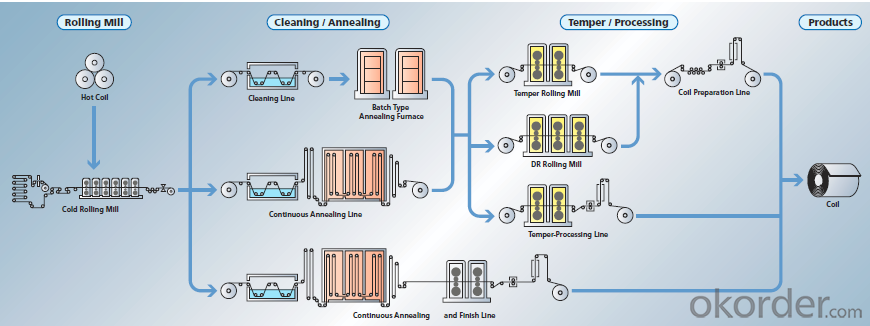
4. Usage Scope

5. Our euxport market
our tinplate has been popularly exported to more than 30 countries, including Asia, Europe countries, Gulf area, Sounth America, Northe & South Afric etc.
- Q: How is tinplate coated for electrical enclosures?
- Tinplate is coated for electrical enclosures through a process called electroplating, where a layer of tin is applied onto a steel sheet. This is achieved by immersing the steel sheet into an electrolyte solution along with a tin anode, and passing an electric current through the solution. The electric current causes the tin ions in the solution to be attracted to the steel sheet, resulting in a thin and uniform tin coating on its surface. This tin coating provides electrical conductivity and corrosion resistance, making the tinplate suitable for use in electrical enclosures.
- Q: What are the main regulations governing tinplate production?
- The main regulations governing tinplate production vary depending on the country and region. However, some common regulations include standards for the composition of the tinplate, such as the maximum allowable levels of impurities and the required thickness of the tin coating. Other regulations may focus on safety measures, including guidelines for handling hazardous materials used in the production process. Additionally, environmental regulations often require tinplate manufacturers to comply with waste management and emissions control standards to minimize the impact on the environment.
- Q: Can tinplate be used for packaging industrial products?
- Yes, tinplate can be used for packaging industrial products. It is a durable and versatile material that offers excellent protection against corrosion, making it suitable for various industrial applications. Additionally, tinplate is recyclable, making it an environmentally friendly choice for packaging industrial products.
- Q: Can tinplate be used for packaging medical devices?
- Yes, tinplate can be used for packaging medical devices. Tinplate is a high-quality packaging material that offers excellent protection against moisture, light, and corrosion. It is widely used in the medical industry due to its durability, sterility, and ability to maintain the integrity of sensitive medical devices. Additionally, tinplate can be easily sterilized, making it suitable for packaging various medical equipment and devices.
- Q: What are the common corrosion protection methods used for tinplate?
- The common corrosion protection methods used for tinplate include electroplating, organic coatings, and lacquering. Electroplating involves depositing a layer of tin onto the surface of the tinplate to provide a barrier against corrosion. Organic coatings, such as epoxy or polyester, can also be applied to protect the tinplate from moisture and other corrosive elements. Lacquering is another method where a layer of lacquer is applied to the tinplate to create a protective barrier.
- Q: How is tinplate coated with tin?
- Tinplate is coated with tin through a process called electroplating, where a layer of tin is deposited onto the surface of the tinplate using an electric current.
- Q: Can tinplate be used for electrical appliances?
- Yes, tinplate can be used for electrical appliances as it provides a durable and corrosion-resistant coating that can protect the appliances from moisture and other external elements. Additionally, tinplate has good electrical conductivity properties which make it suitable for electrical applications.
- Q: Can tinplate be used for packaging of organic products?
- Yes, tinplate can be used for packaging of organic products. Tinplate is a type of steel coated with a thin layer of tin, which provides a protective barrier against corrosion and ensures the product's freshness and safety. It is a durable and sustainable material that is commonly used in the food industry, including for packaging organic products. Additionally, tinplate is recyclable, making it an environmentally friendly choice for organic packaging.
- Q: What are the advantages of using tinplate for furniture?
- One of the advantages of using tinplate for furniture is its durability. Tinplate is known for its strength and resistance to corrosion, making it a long-lasting material that can withstand everyday wear and tear. Additionally, tinplate is also lightweight, making it easier to move and rearrange furniture pieces. Its versatility allows for various design possibilities, as it can be easily shaped and molded into different forms. Furthermore, tinplate is an environmentally friendly option as it can be recycled, reducing waste and promoting sustainability.
- Q: How does tinplate handle exposure to chemicals and solvents?
- Tinplate is known for its excellent resistance to chemicals and solvents. It forms a protective barrier that prevents the interaction between the metal and the substances it comes in contact with. This makes tinplate a reliable packaging material for various products, ensuring their quality and safety.
Send your message to us
Prime GradeTinplate For Aerosol Cans, MR/SPCC
- Loading Port:
- China main port
- Payment Terms:
- TT OR LC
- Min Order Qty:
- 25 m.t
- Supply Capability:
- 40000 m.t/month
OKorder Service Pledge
OKorder Financial Service
Similar products
Hot products
Hot Searches
Related keywords



